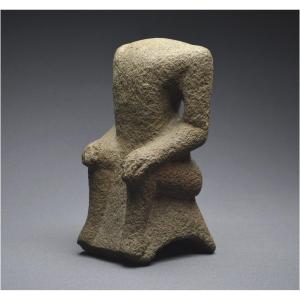Palma representing a seated figure
Gulf Coast of Mexico
Veracruz Culture
Early Classic period: 450-550 AD
Interesting palma depicting an acephalous character represented naked, seated on a high concave base, arms detached from the body, hands resting on the thighs. Mesoamerican ballplayers are often depicted sporting rubber ball impact protection.
Mesoamerican ball players are frequently depicted wearing rubber ball impact protections. In the Veracruz region on the Gulf Coast, protections were placed on the hips and torso. Palmas like the one presented here, would have been placed on a yoke surrounding the player's hips to protect the chest. Our palma, like the other protective elements, is carved from a hard stone and therefore probably too heavy to have been worn during the game itself. It is therefore believed that such protections were reserved for rituals related to the ball game or given as trophies to victorious players.
Thus, the protective equipment worn during the game was more likely composed of lighter materials (wood, leather, or cotton upholstered fabric), and held in place with strips of rope or cloth, as illustrated by the many Mayan representations of ball playing depicted on ceremonial vases and temple frescoes like El Tajín.
Hard stone
Small lacks without impact
Traces of cinnabar
23.8 x 12.8 cm
Galerie Arts des Amériques (certificate of authenticity)





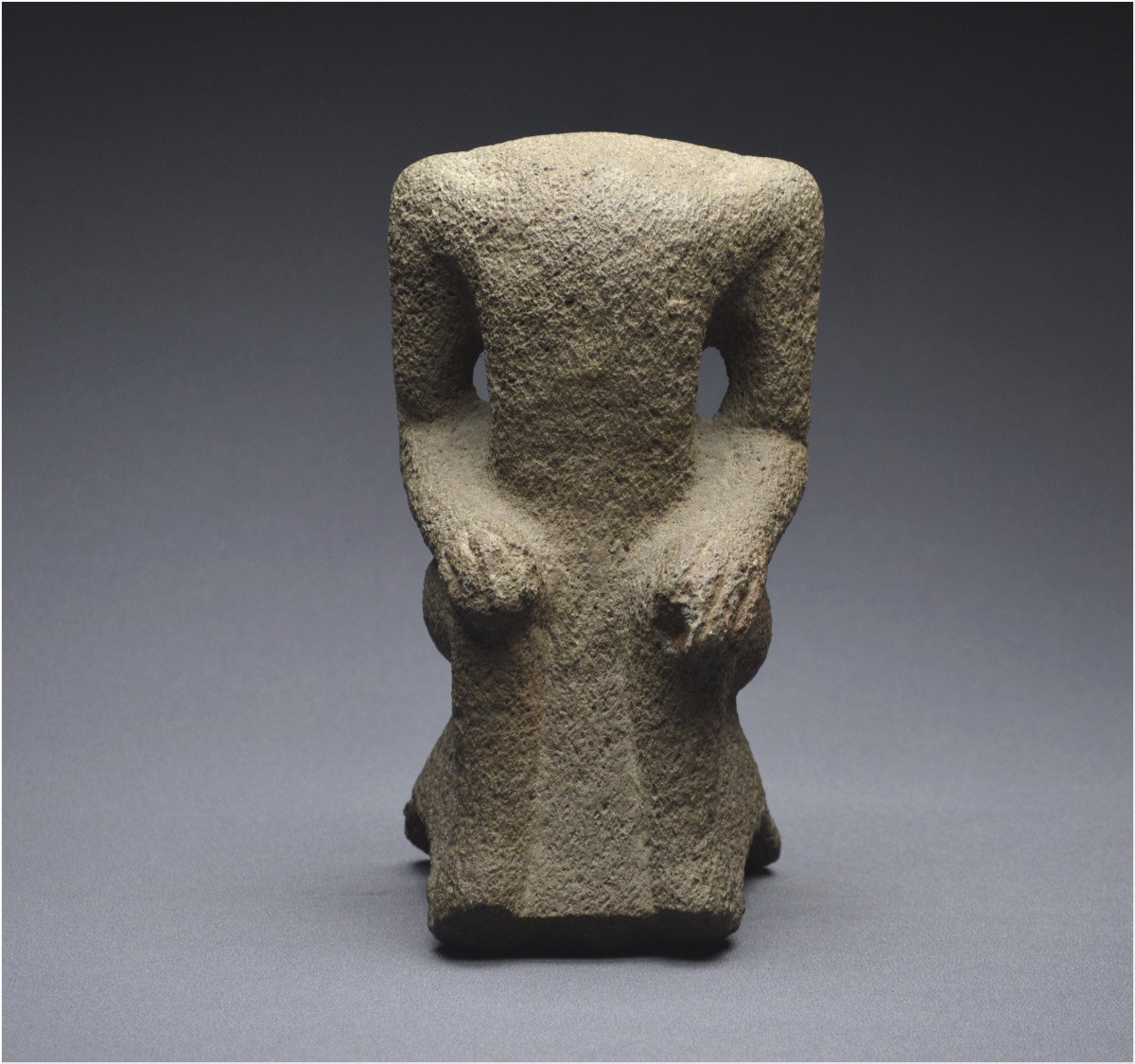

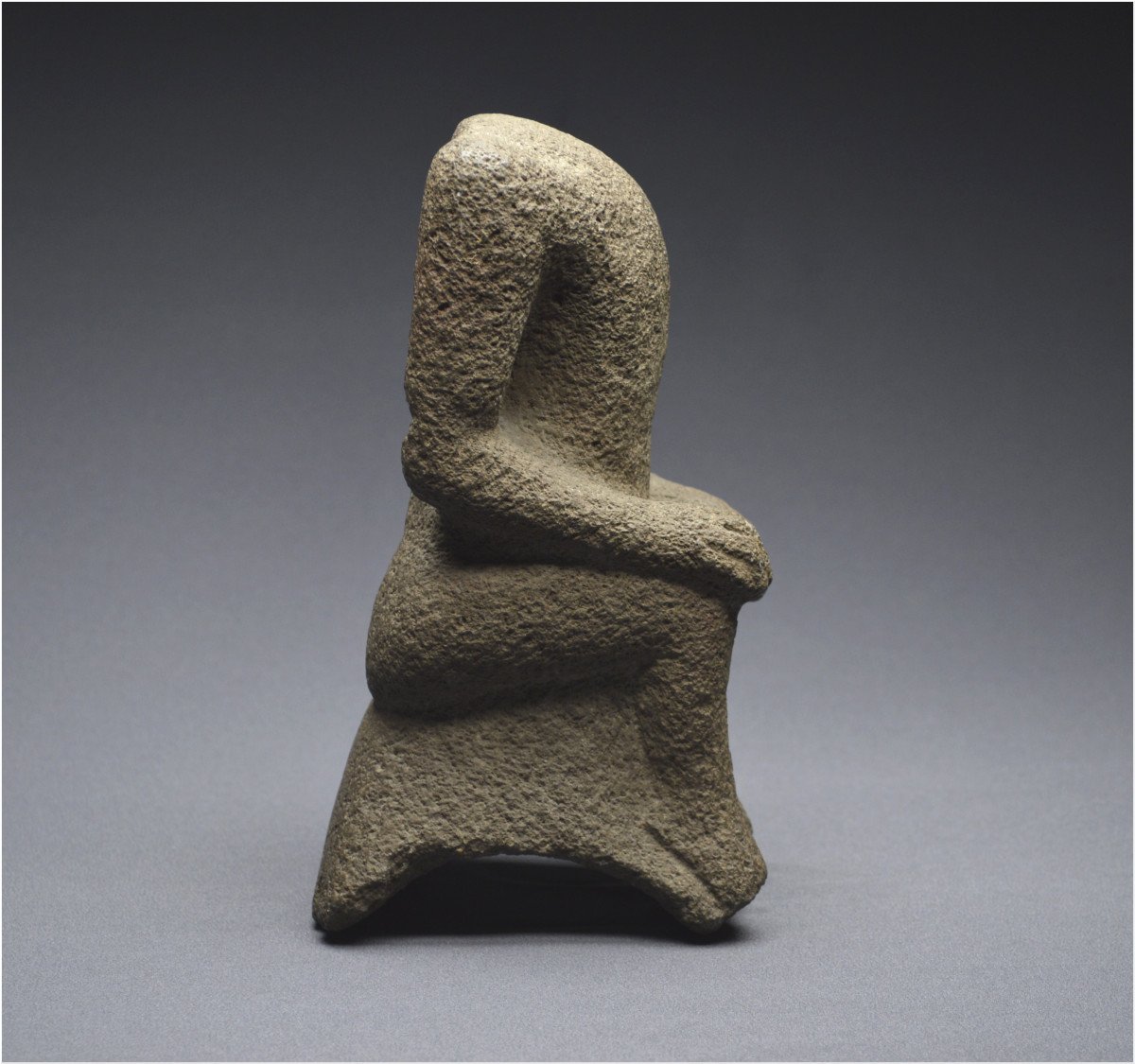

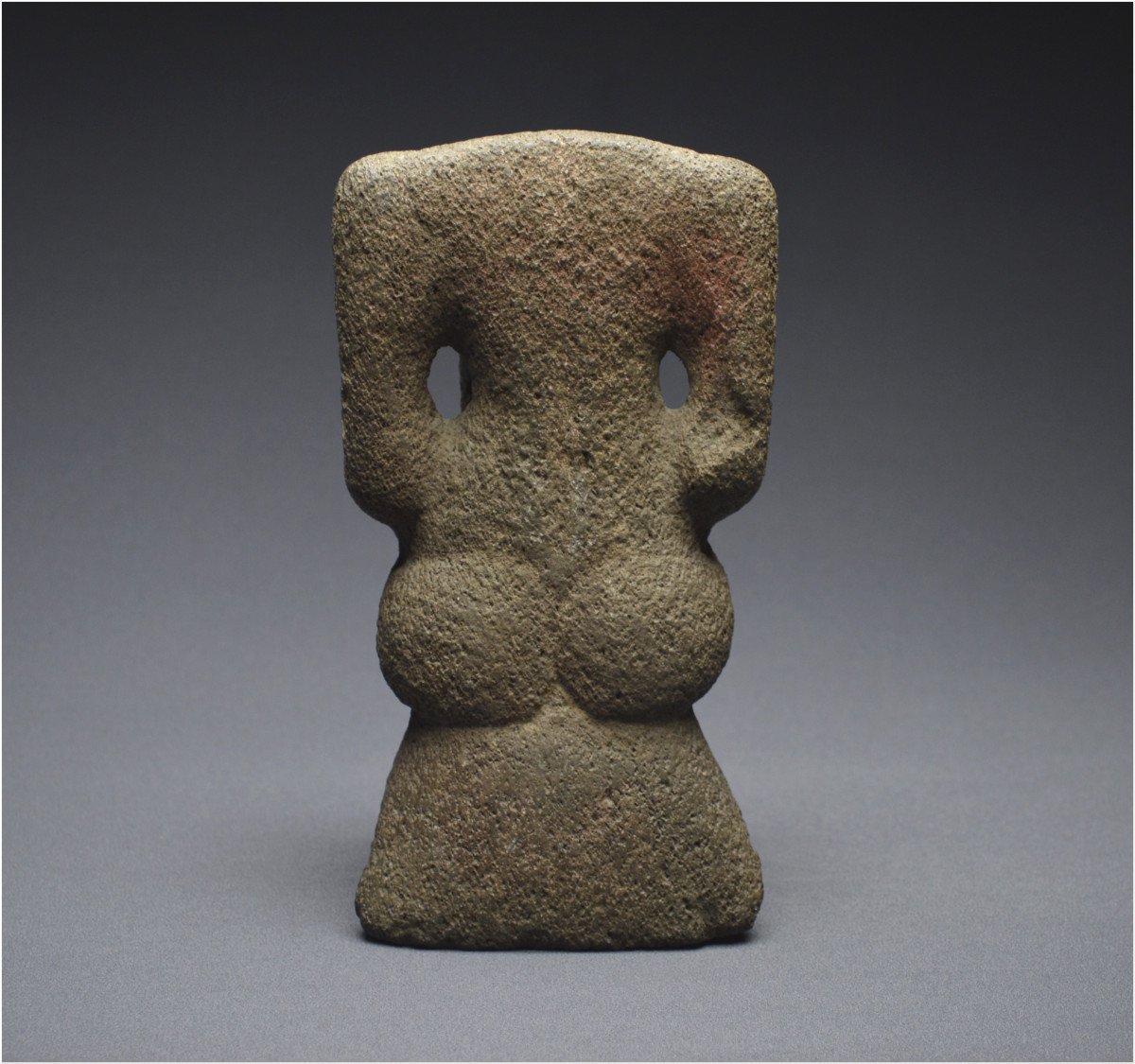

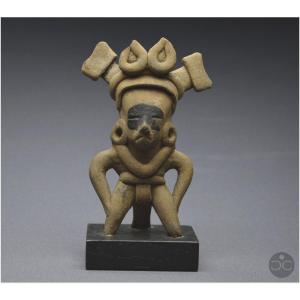
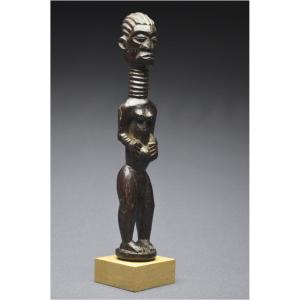
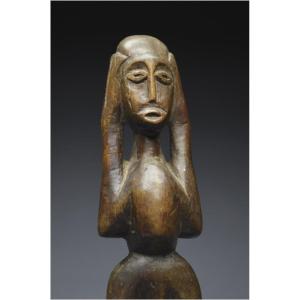
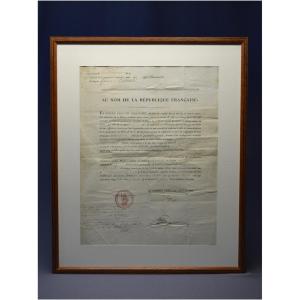
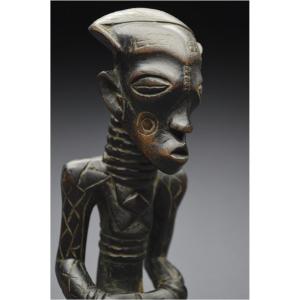
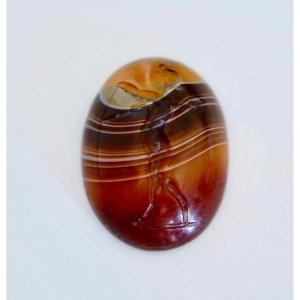


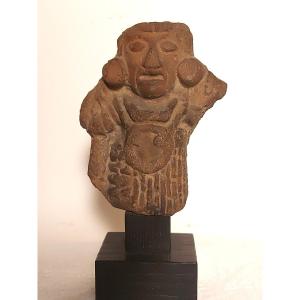
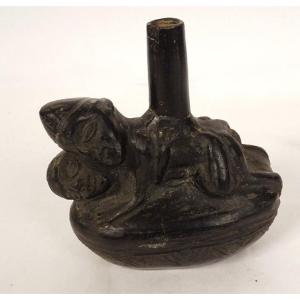




 Le Magazine de PROANTIC
Le Magazine de PROANTIC TRÉSORS Magazine
TRÉSORS Magazine Rivista Artiquariato
Rivista Artiquariato
